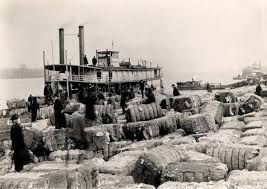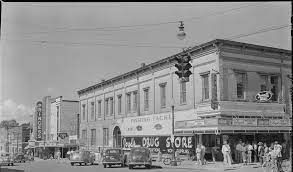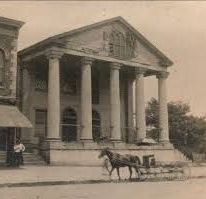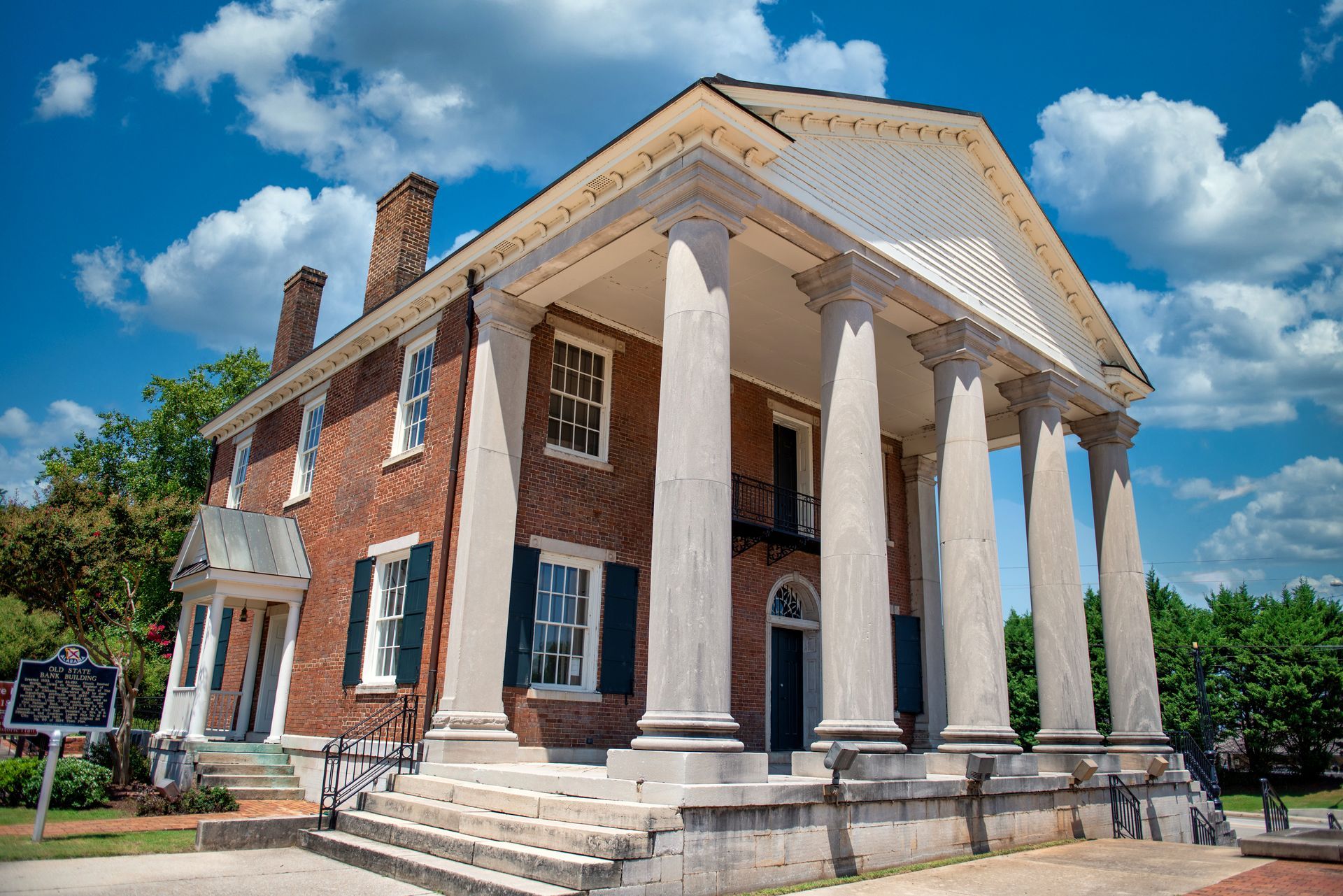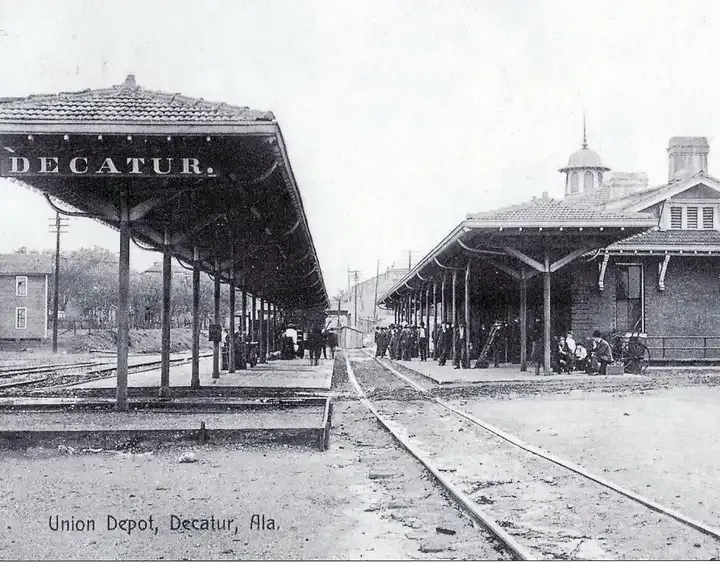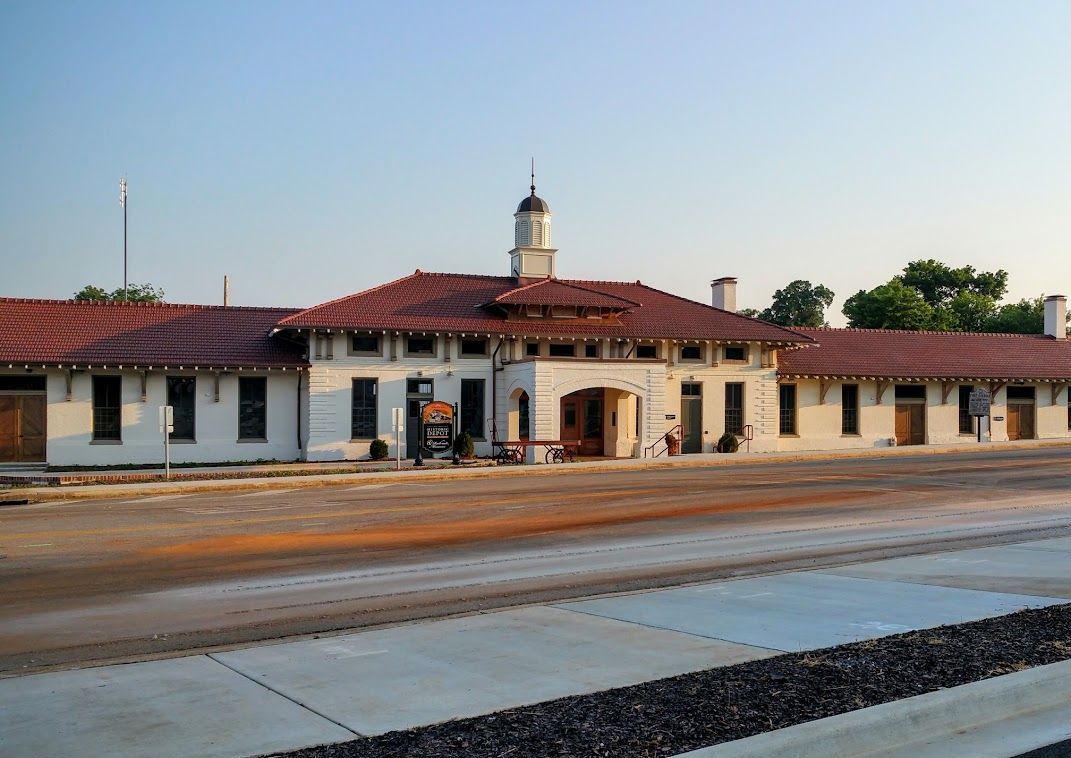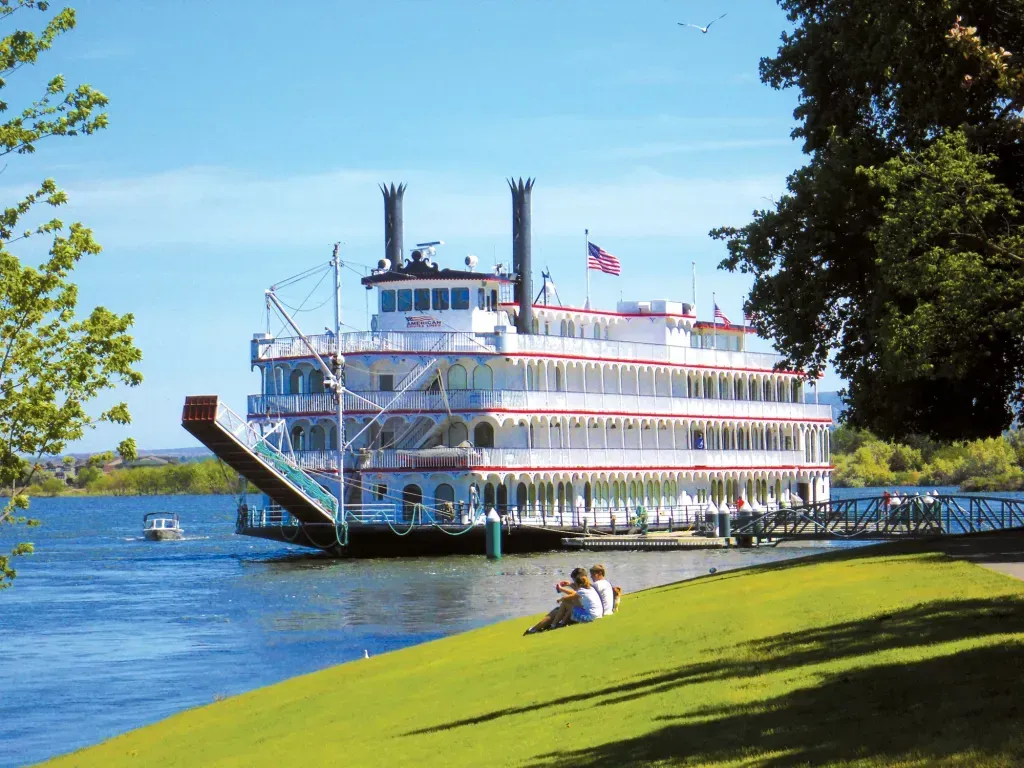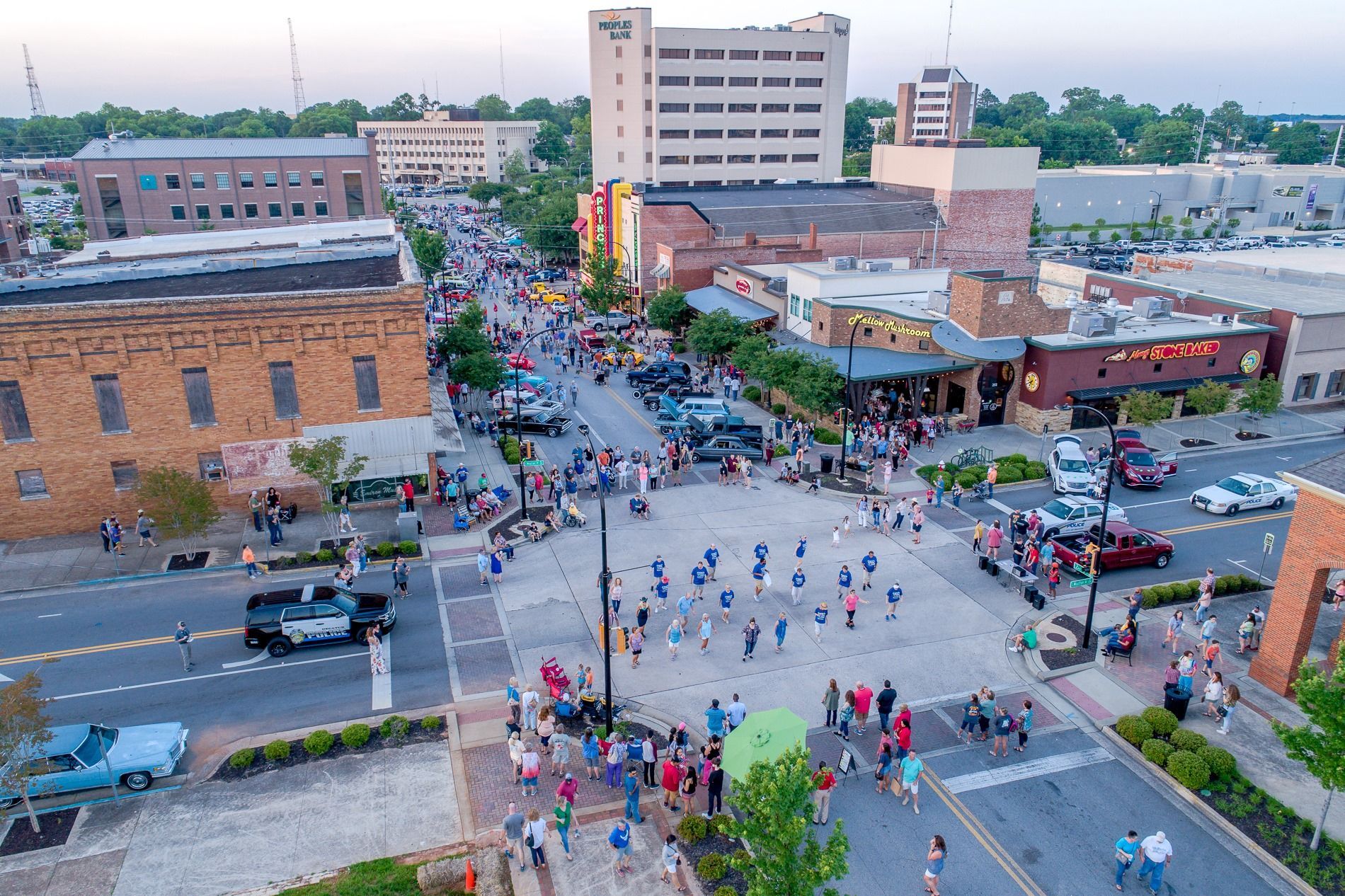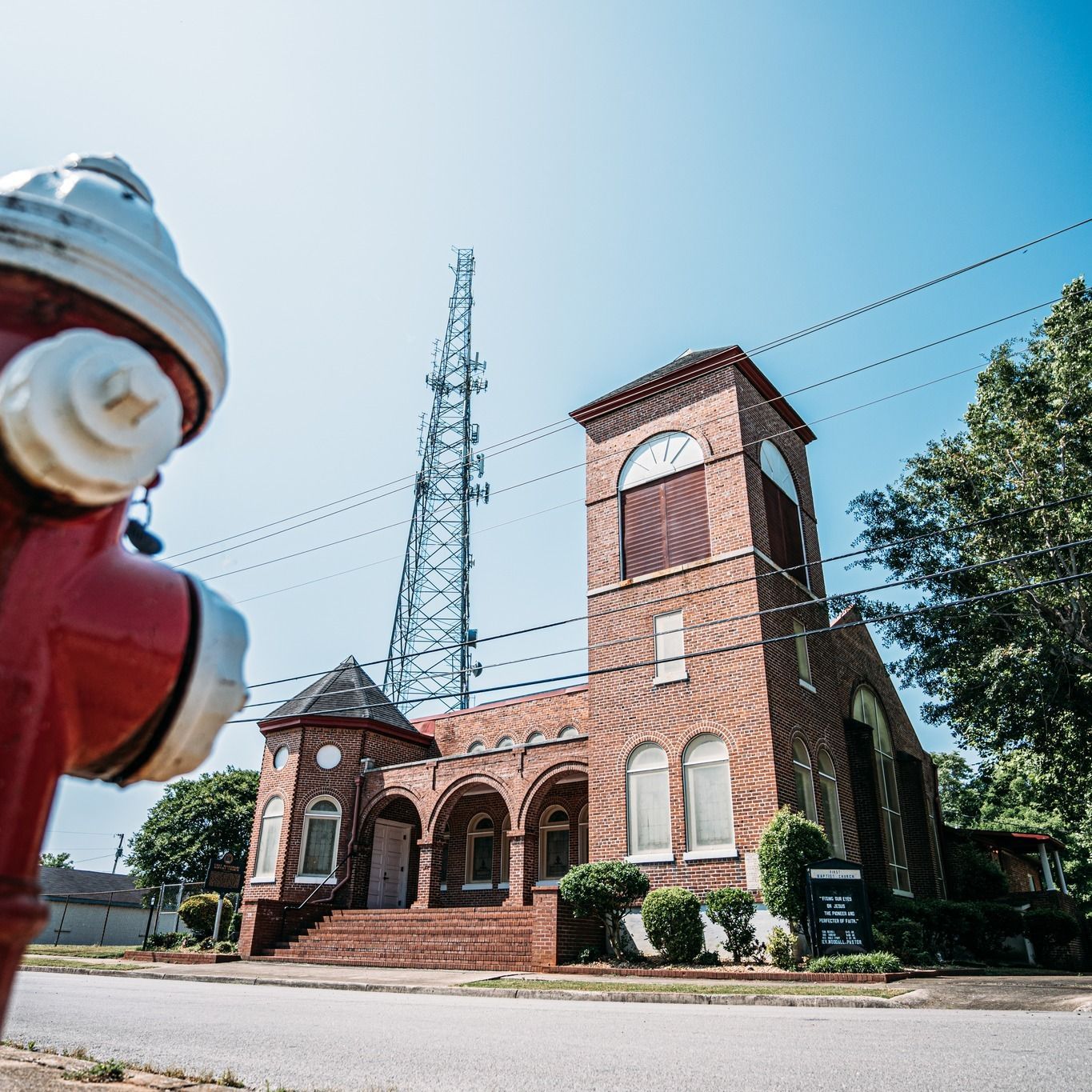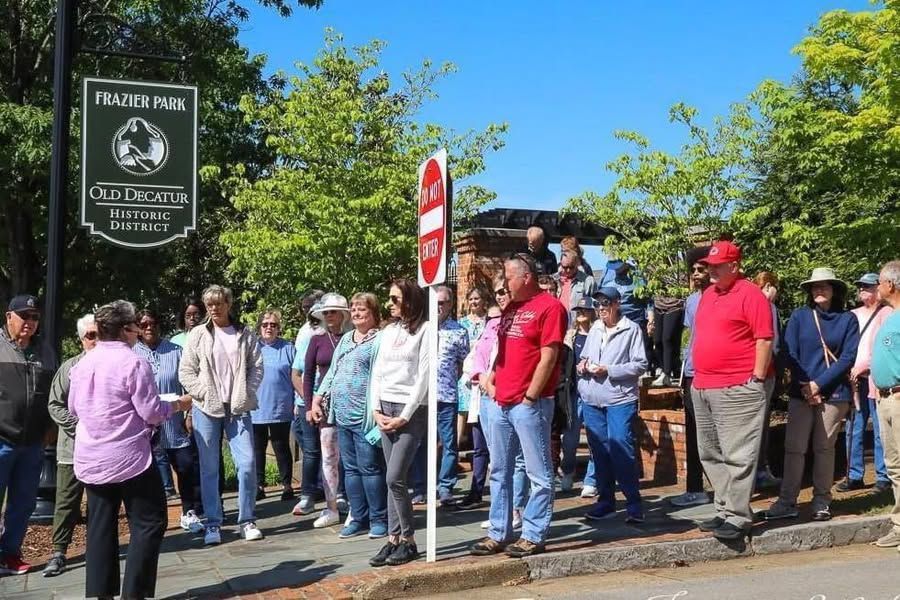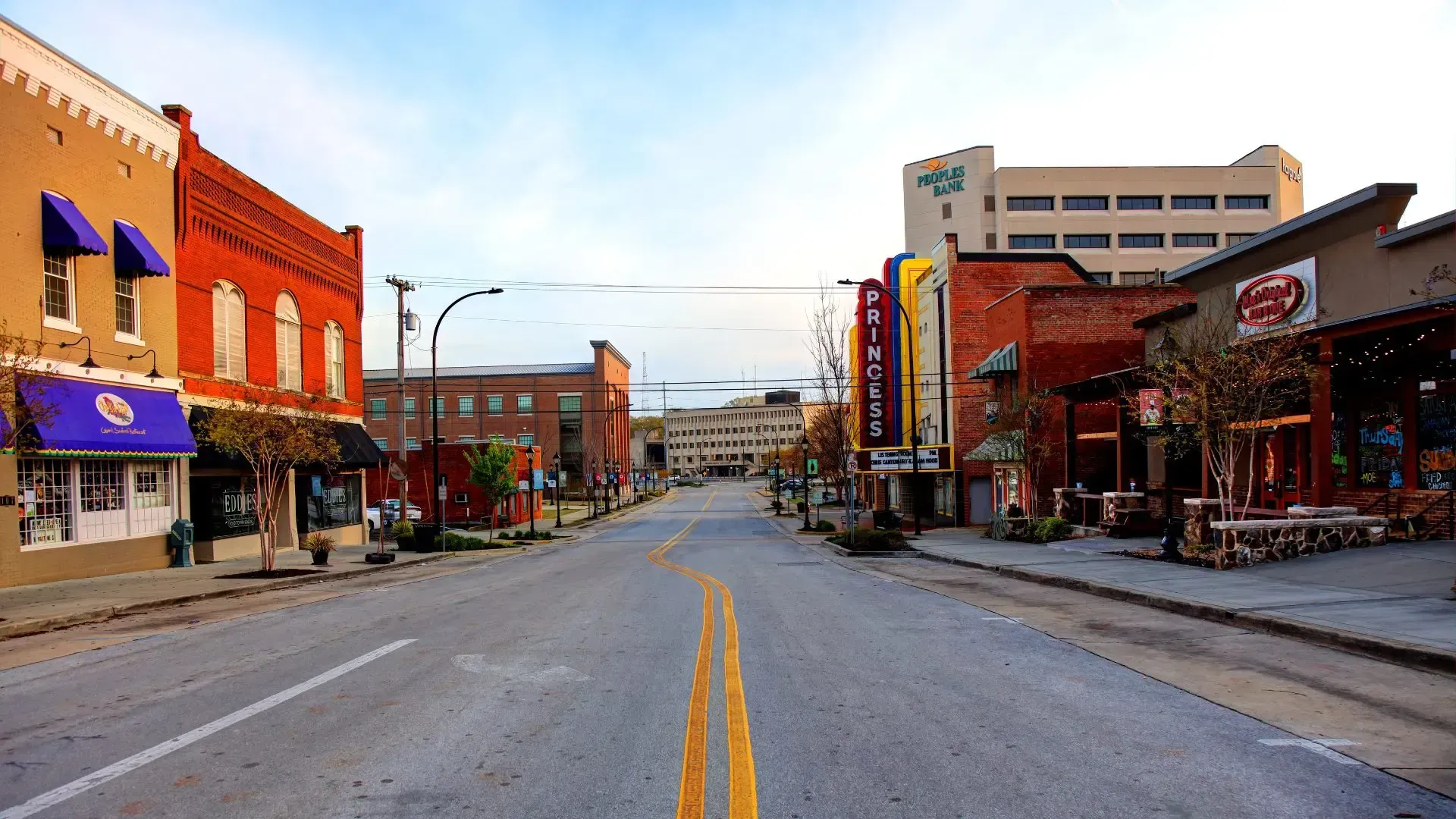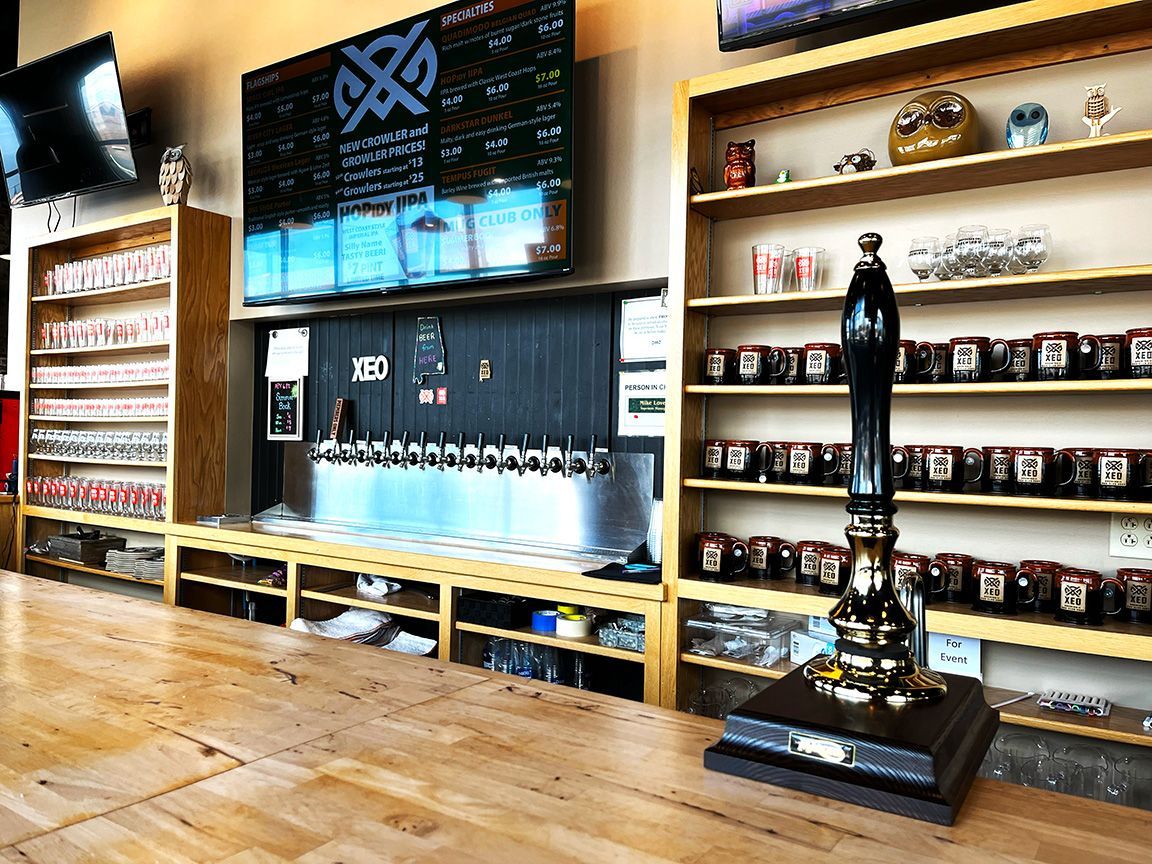Decatur Now and Then
Decatur Now and Then
Decatur, Alabama, is a city steeped in history, with roots tracing back to 1817. Originally founded as Rhodes Ferry Landing, the city has grown from a humble riverside settlement into a thriving community rich with culture and historical significance. Here, we explore the remarkable story of Decatur and its iconic landmarks that continue to captivate residents and visitors alike.
Early Beginnings and Growth
In 1817, Decatur’s story began with Dr. Henry W. Rhodes, an early landowner who operated the only ferry across the Tennessee River. The settlement, initially known as Rhodes Ferry Landing, was renamed Decatur in 1820 to honor Commodore Stephen Decatur, a celebrated naval hero of the War of 1812. By 1826, the Alabama Legislature officially incorporated the city, setting the stage for growth fueled by the river, railroads, and the establishment of the Old State Bank.
Between 1830 and 1860, Decatur’s strategic location made it a hub for commerce and transportation, cementing its role as an industrial leader in Alabama. The city’s prominence was further enhanced by its status as the eastern terminus of the first railroad line west of the Appalachian Mountains.
Landmarks That Define Decatur
The Old State Bank Built in 1833, the Old State Bank is a striking example of Jeffersonian architecture and one of Decatur’s most cherished historical sites. During the Civil War, it served as a Union headquarters and hospital, becoming one of the few buildings to survive the city’s destruction. Today, it stands as a symbol of resilience and is listed on the National Register of Historic Places. Visitors can explore the bank’s fascinating history through guided tours and events.
Decatur Union Depot is a testament to Decatur’s rich railroad heritage, the Decatur Union Depot was constructed in 1905 by the Southern Railway and designed in the Spanish Revival style by renowned architect Frank Pierce Milburn. Serving as a bustling center for commerce and travel, the depot’s importance waned with the rise of automobiles. After its renovation in 2015, the depot was transformed into a museum featuring railroad artifacts, a model railroad, and interactive exhibits. It remains a beloved landmark for history enthusiasts and train lovers alike.
Princess Theatre Originally built as a livery stable in 1887, the Princess Theatre underwent a dramatic transformation in 1919 to become a silent film and vaudeville playhouse. Its 1941 Art Deco redesign introduced a vibrant neon marquee and glow-in-the-dark murals that added to its charm. After closing as a movie house in the 1970s, the theater was purchased by the city and restored into a premier performing arts venue. Today, it hosts performances, educational programs, and community events, welcoming over 60,000 visitors annually.
Decatur’s history is marked by perseverance. The city endured significant challenges during the Civil War, with only a handful of structures, including the Old State Bank, surviving the devastation. Despite these hardships, Decatur rebuilt itself into a thriving industrial and cultural hub, maintaining its place as a cornerstone of Alabama’s heritage. Decatur continues to celebrate its storied past while looking toward the future. Ongoing preservation efforts, such as renovations to the Princess Theatre and Decatur Union Depot, ensure that the city’s history remains alive for future generations. From its early days as a riverside settlement to its role as a modern cultural center, Decatur, Alabama, stands as a testament to resilience, growth, and community.
Whether you’re exploring the historic landmarks, learning about the city’s pivotal role in transportation, or attending a performance at the Princess Theatre, Decatur offers a rich tapestry of history and culture waiting to be discovered.
